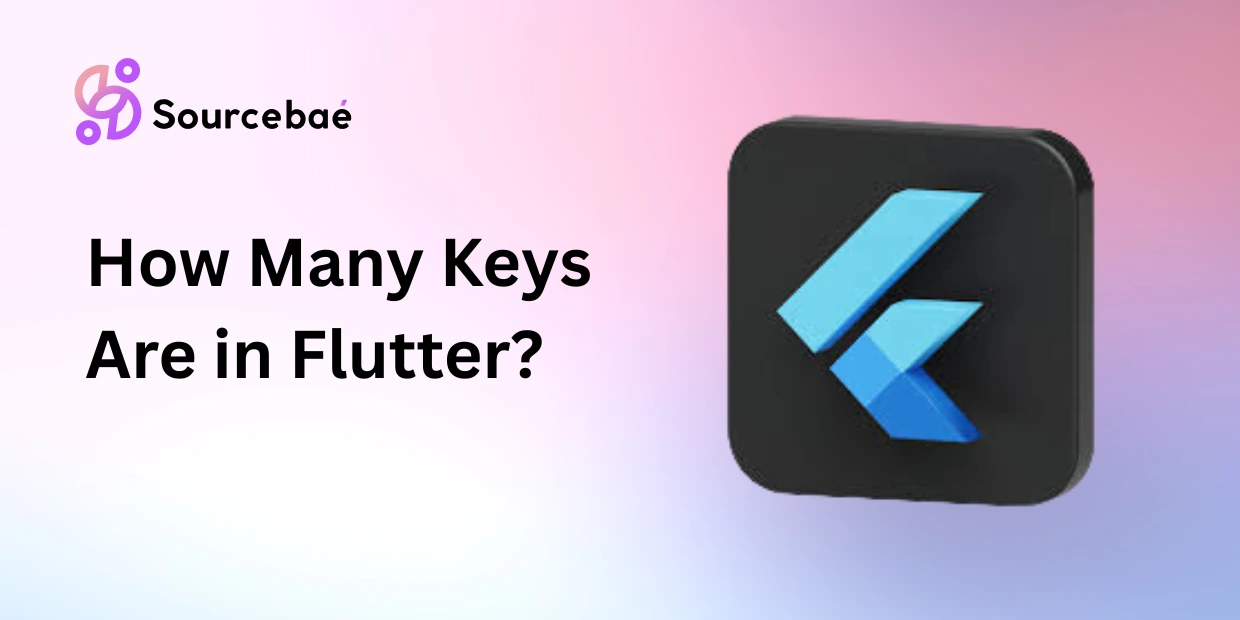In the fast-paced world of app development, staying ahead of the curve is essential. Flutter, Google’s UI toolkit, has taken the app development community by storm. As you dive into this exciting platform, you might be wondering, “How many keys are in Flutter?” This article is your go-to resource for understanding the key aspects of Flutter, from its fundamental building blocks to advanced features. Let’s explore!
How Many Keys Are in Flutter?
To unravel the mysteries of Flutter, we’ll start by discussing the core concepts. These “keys” unlock the potential of this framework.
Understanding Flutter’s Key Concepts
Before we delve into the specifics, it’s crucial to grasp the foundational concepts of Flutter.
1.1. What is Flutter?
Flutter is an open-source framework for building natively compiled applications for mobile, web, and desktop from a single codebase. It empowers developers to create high-quality, expressive, and performant apps with a seamless user experience.
1.2. What Are Keys in Flutter?
In Flutter, a key is an identifier for widgets. They are primarily used to ensure that widgets maintain their state and identity, especially during widget updates.
1.3. The Role of Keys
Keys play a pivotal role in widget management. They help Flutter differentiate between widgets of the same type, aiding in efficient state management and widget recycling.
Types of Keys in Flutter
Now that we understand the importance of keys, let’s explore the different types available in Flutter.
2.1. GlobalKey
A GlobalKey identifies a widget globally. It allows you to access the widget from anywhere in your application, making it useful for form fields and navigation.
2.2. LocalKey
LocalKeys are unique within the widget’s parent. They are suitable for identifying and managing state within a limited scope.
2.3. ObjectKey
An ObjectKey uses an object’s identity to identify a widget. It’s handy when you want to update a widget based on changes in a specific object.
Common Use Cases
With the key concepts in mind, let’s explore practical scenarios where keys are essential.
3.1. Maintaining State
Keys are instrumental in preserving widget state during rebuilds. For example, when managing a form with dynamic fields, keys ensure that user input remains associated with the correct field.
3.2. Managing Dynamic Lists
When working with dynamic lists, keys help Flutter identify individual list items. This enables smooth animations and updates.
Advanced Key Techniques
As you become more proficient with Flutter, consider these advanced techniques.
4.1. GlobalKey for Navigation
Using GlobalKey in conjunction with the Navigator allows you to perform complex navigation actions, such as popping to a specific route.
4.2. Hero Animation
Hero widgets use keys to create seamless animations when transitioning between screens.
FAQs
Let’s address some frequently asked questions about Flutter keys:
Q: Are keys mandatory in Flutter?
A: No, keys are not mandatory for every widget. They are particularly useful in scenarios where you need to manage widget identity and state.
Q: Can I reuse keys in Flutter?
A: Keys should ideally be unique within their parent scope to avoid conflicts. Reusing keys may lead to unexpected behavior.
Q: Do keys affect app performance?
A: Keys themselves have a negligible impact on performance. However, efficient key usage can contribute to a smoother user experience.
Q: Are keys the same as IDs in other programming languages?
A: While they serve a similar purpose, keys in Flutter are not equivalent to IDs in other languages. They are more about widget identity than data storage.
Q: Can I create custom keys in Flutter?
A: Yes, you can create custom keys by extending the LocalKey class. This is useful when you need to implement specific key logic.
Q: Are keys only for mobile app development?
A: No, Flutter’s key concepts apply to mobile, web, and desktop development, making them versatile for various platforms.
Conclusion
In the world of Flutter development, understanding how keys work is essential for building efficient and responsive apps. We’ve covered the basics, explored different key types, and discussed their practical applications. As you continue your Flutter journey, remember that mastering keys is a valuable skill that can elevate your app development game.
Now that you know how many keys are in Flutter and how to use them effectively, you’re well-equipped to create exceptional Flutter applications. So, go ahead, unlock the full potential of Flutter, and build amazing user experiences.






